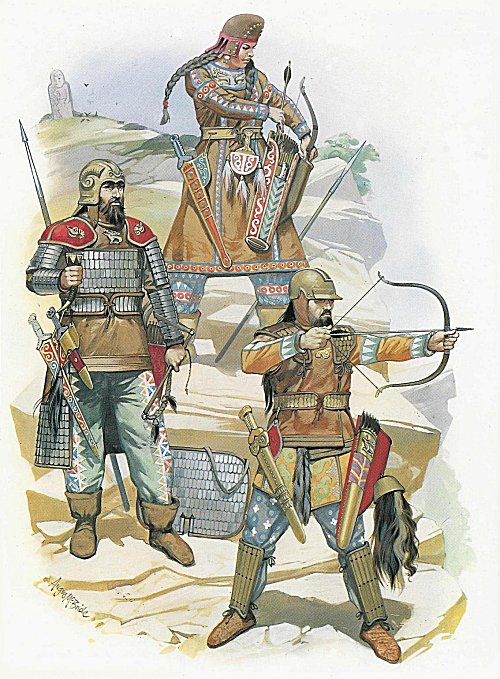Did The Amazons Really Exist? – Truth Behind Myths Of Fierce Female Warriors
A. Sutherland – MessageToEagle.com – The fierce female warriors – the Amazons – were strong and brave, but did they really exist?
They were huntresses, founders of cities, rivals and lovers of adventurous men. They battled the Greek hero Heracles and fought alongside the Trojans in the final hours of Troy.
These female foreigners – Hippolyta, Antiope and Penthesilea – were exceptionally heroic, civilized and worthy counterparts to the Greek champions, but they often faced defeat and death too.
They inspired the Amazonian myths in ancient Greece and beyond and they became famous in folklore created by Homer, the greatest of Greek epic poets, and Herodotus (484 BC – 425 BC), a Greek historian and were the subject of much fascination in cultures beyond Greece – Persia, Egypt, Caucasia, Armenia, Central Asia, China and among the steppe peoples themselves.
But warrior women actually existed, according to Stanford’s Adrienne Mayor, a research scholar in the Department of Classics.
In her new book, ” The Amazons: Lives and Legends of Warrior Women Across the Ancient World“. Mayor explains the real-world and history behind the Amazonian folklore.
“Amazons were modeled on stories of self-confident women of steppe cultures who fought for glory and survival and enjoyed male companionship,” but, as Mayor puts it, “on terms that seemed extraordinary to the ancient Greeks.”
“The popularity of Amazon stories and images suggests that Greek women and men enjoyed imagining heroes and heroines interacting as equals and seeking adventure and glory in hunting and battle.”
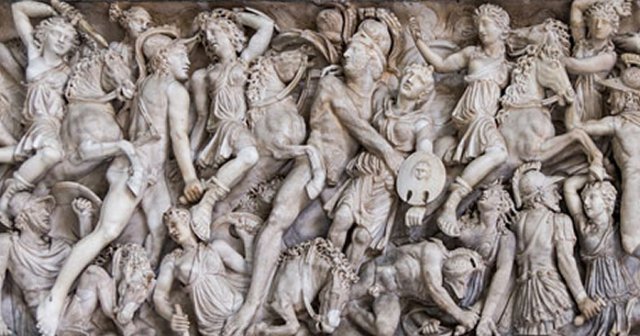
Mayor made a great research and analyzed all the surviving ancient Greek and Latin accounts she could find that told of encounters with Amazons as well as “warlike, barbarian” women who behaved like Amazons of myth.
The texts described them as members of nomadic tribes roving the territories that the Greeks collectively called “Scythia” – a vast expanse between the Black Sea and Mongolia – from the seventh century B.C. until the fifth century A.D.
The Scythians – Eurasian steppe peoples cultivated a mastery of horseback riding and archery for thousands of years. Also, early European travelers’ reports and ethnographical materials, physical evidence, including “actual battle-scarred skeletons of women buried with their weapons and horses” as well as contemporary descriptions of steppe life contributed to these fascinating results.
The Amazonian folklore was created in the real-world of the Amazons.
“Their tattoos of deer and geometric designs resemble the tattoos and patterns on Amazons depicted in ancient Greek vase paintings,” Mayor said.
The ancient Iranians (those in ancient Persia and the ones in ancient Eastern Europe) often had women warriors and chieftains, a practice not unlike those of the contemporary ancient Celts in ancient Central and Western Europe.
“Real women warriors lived at the time that the Greeks were describing Amazons and warlike women of exotic eastern lands,” Mayor said.
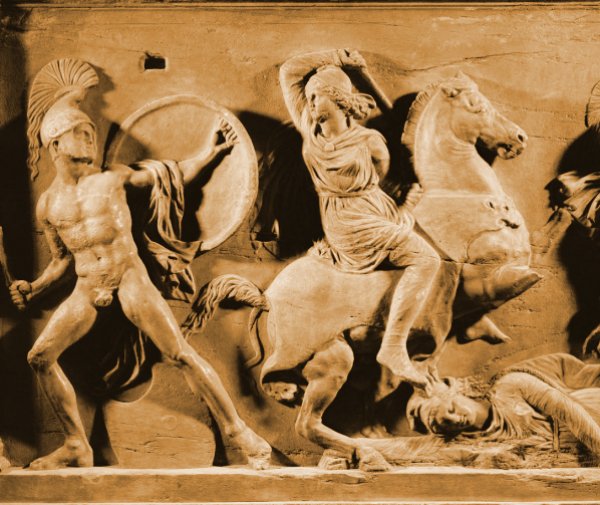
“Instead of ending in doom for the woman, the former foes declare their mutual admiration and decide to become companions in love and war,” according to the researcher, who also determined that there was even more respect and exaltation for women warriors in the non-Greek traditions that stretched from the Black Sea to China.
In these non-Greek stories, male and female enemies were so equally matched that neither could win.
While Greek heroes usually defeat Amazon women in their mythic narratives, the triumphs are depicted as hard-won from worthy rivals.
However, Scythian culture, she explained, was not a purely female-dominated society. Instead, it afforded a greater range of roles to women and promoted parity between genders. Scythian women often dressed in the same clothes as their male brethren and often joined them in battle.
Written by – A. Sutherland – MessageToEagle.com Senior Staff Writer
Copyright © MessageToeagle.com All rights reserved. This material may not be published, broadcast, rewritten or redistributed in whole or part without the express written permission of MessageToeagle.com
Related Posts
-
 Unusual Double Temple Of Kom Ombo Dedicated To Crocodile God Sobek And Falcon-Headed God Horus
No Comments | Mar 14, 2016
Unusual Double Temple Of Kom Ombo Dedicated To Crocodile God Sobek And Falcon-Headed God Horus
No Comments | Mar 14, 2016 -
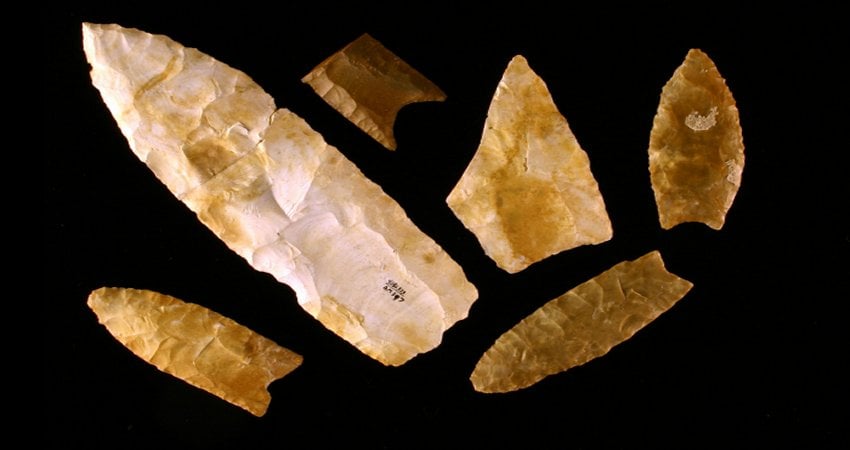 Clovis Culture: Will Ancient Tools Solve Mystery Of North America’s Earliest Inhabitants?
No Comments | Oct 26, 2020
Clovis Culture: Will Ancient Tools Solve Mystery Of North America’s Earliest Inhabitants?
No Comments | Oct 26, 2020 -
 A 5,000-Year-Old Anatolian Sword Identified In Armenian Monastery In Venice
No Comments | Feb 28, 2020
A 5,000-Year-Old Anatolian Sword Identified In Armenian Monastery In Venice
No Comments | Feb 28, 2020 -
 Mysteries Of The Yellow Emperor – The ‘Son Of Heaven’ From Regulus
No Comments | Oct 11, 2021
Mysteries Of The Yellow Emperor – The ‘Son Of Heaven’ From Regulus
No Comments | Oct 11, 2021 -
 Are The Strange Lawrence Brook Carvings In New Jersey A Cryptic Message?
No Comments | Feb 25, 2023
Are The Strange Lawrence Brook Carvings In New Jersey A Cryptic Message?
No Comments | Feb 25, 2023 -
 2,500-Year-Old Scythian Warrior Found In Untouched Grave In Siberian ‘Valley Of The Kings’
No Comments | Jan 8, 2020
2,500-Year-Old Scythian Warrior Found In Untouched Grave In Siberian ‘Valley Of The Kings’
No Comments | Jan 8, 2020 -
 What Is The Largest Living Structure On Earth?
No Comments | Jan 20, 2016
What Is The Largest Living Structure On Earth?
No Comments | Jan 20, 2016 -
 Strange Mythical Creature Resembling A Sphinx Discovered In A Medieval Bathroom
No Comments | Mar 10, 2020
Strange Mythical Creature Resembling A Sphinx Discovered In A Medieval Bathroom
No Comments | Mar 10, 2020 -
 Surprising Time Capsule In Antarctica – Evidence Of Toxic Heavy Metal Pollution 800 Years Ago
No Comments | Jan 22, 2024
Surprising Time Capsule In Antarctica – Evidence Of Toxic Heavy Metal Pollution 800 Years Ago
No Comments | Jan 22, 2024 -
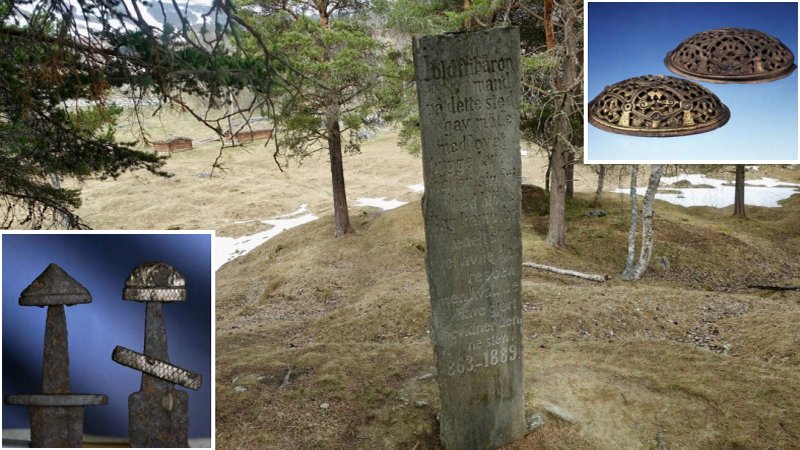 Disgusting Vandalism And Looting Of Viking Graves In Norway
No Comments | Nov 7, 2020
Disgusting Vandalism And Looting Of Viking Graves In Norway
No Comments | Nov 7, 2020


